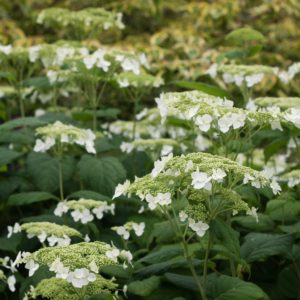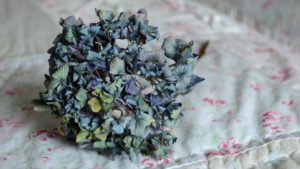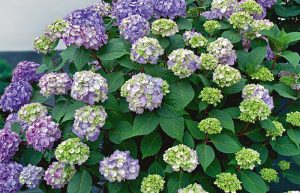Hydrangea is a valuable genus of some 100 species of shrubs and vines grown for their large and spectacular flower heads. Beloved for centuries, they’re vigorous, of easy care, and attractive at virtually every stage of growth. In addition, they are at their showy best in summer and fall – a time when many woody plants are resting.
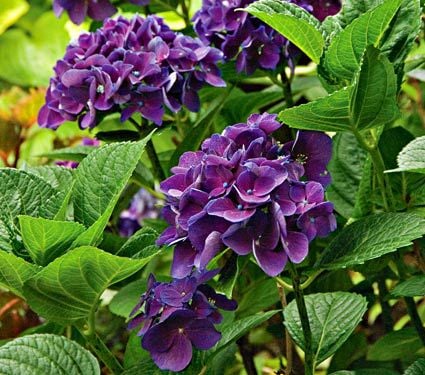
Most Hydrangeas are not fussy as long as they receive their preferred amount of sunlight (generally full sun to part shade) and are planted in moist, well-drained loamy soil. They will thrive in coastal areas since they can tolerate high winds and salt. Hydrangeas do need water if it doesn’t rain but are otherwise undemanding. Click here for the complete guide on growing Hydrangeas.
In recent years breakthroughs in breeding have produced exciting new varieties that bloom on old and new wood. ‘Blushing Bride’ and Endless Summer® are among these exceptional long bloomers. They flower on old wood starting late spring and then on new growth in midsummer. In warm climates, such as Zones 4-5, since bloom on new wood is reliable, even after a severe winter. Regular deadheading of these varieties helps encourage rebloom. For tips on pruning all varieties of Hydrangea, click here.
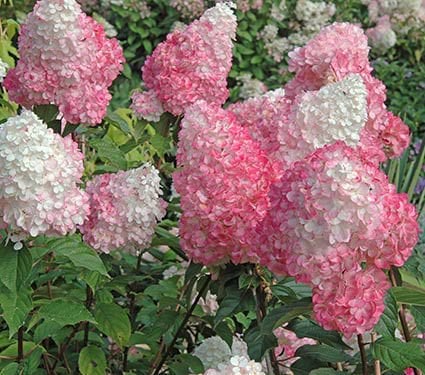
In addition to extended blooming periods, some of the newer varieties also display amazing color combinations. Vanilla Strawberry™ has red stems with large, creamy white flower heads that turn strawberry red to burgundy. As new flower heads keep coming, all three color stages appear together. Unlike varieties of Hydrangea macrophylla that produce blue flowers in acid soils or pink in alkaline soils, this beauty — voted Top Plant for 2010 by the American Nursery and Landscape Association — will remain pink and white regardless of pH.
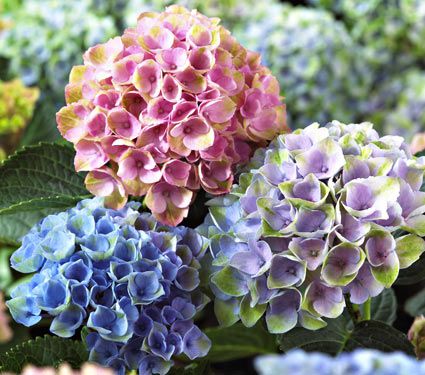
In addition to creating a beautiful garden display, Hydrangea blooms make exceptional dried flowers. Mopheads and Lacecaps are the most widely grown varieties, and of these, is is the mophead that makes the best candidate for drying.
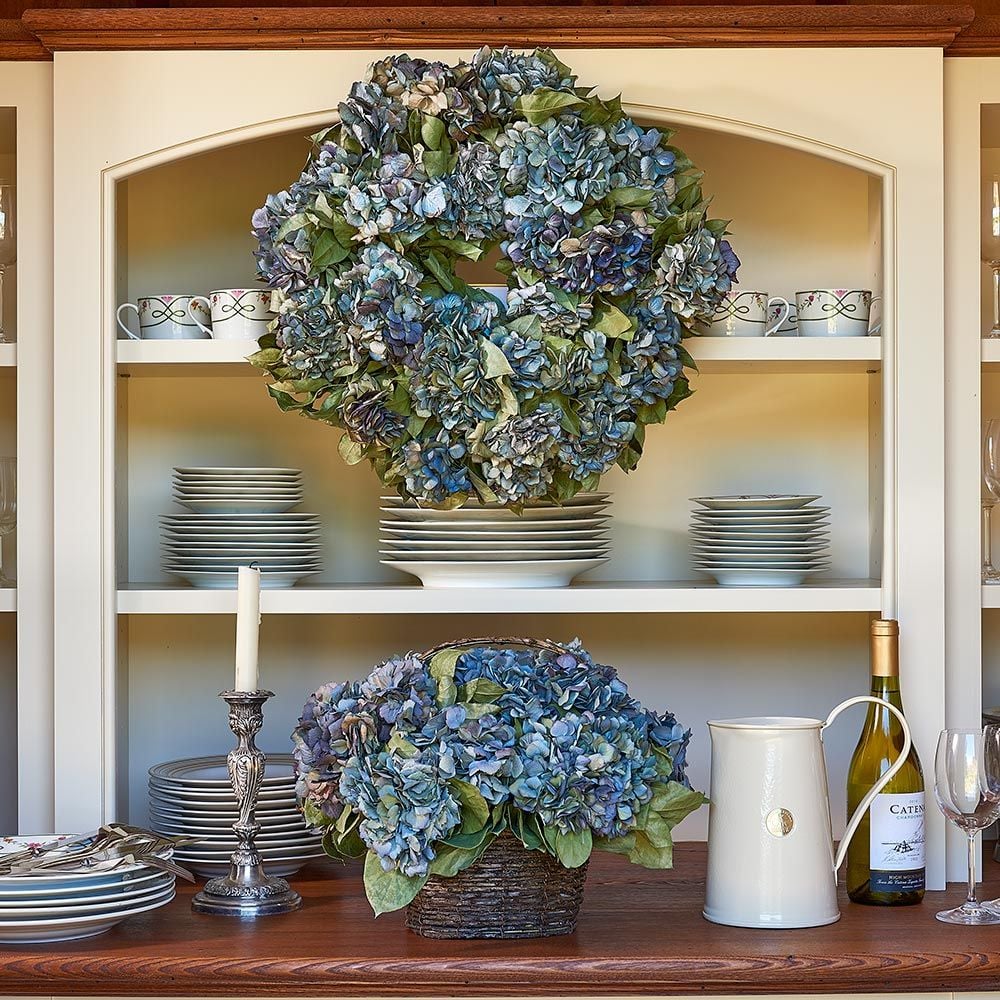
Both mature blooms and freshly opened flowers can be dried, each with a different technique. Late in the season (August to October, depending on the variety) cut blossoms that are starting to fade a bit, but before they turn brown, and include about 12in of the stem with them. Just strip off the leaves and dry the stems in a vase, either with or without water, away from direct sun. If you dry them in water, only use a few inches in the vase and let the water evaporated without replenishing. The stems can also be hung upside down in a cool, dry place out of direct sun.
Fresh, newly opened blooms can be dried in silica gel. Place about an inch of the gel in the bottom of a large container. Hold the blossoms upside down on the gel (make sure they have no moisture on them), and carefully sift gel over them until they are covered. Place a cover on the container. After four days, gently pour all the silica onto newspaper (you can save the gel for future use). The blooms are now ready to use in an arrangement.

